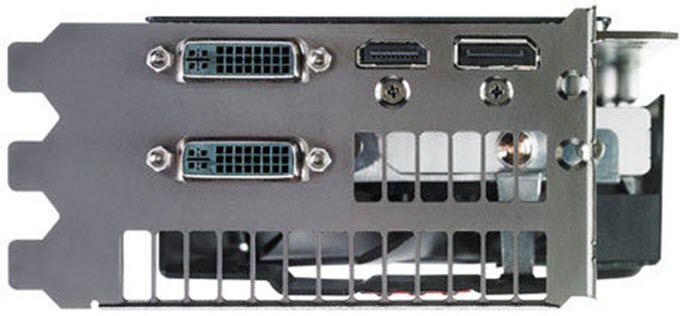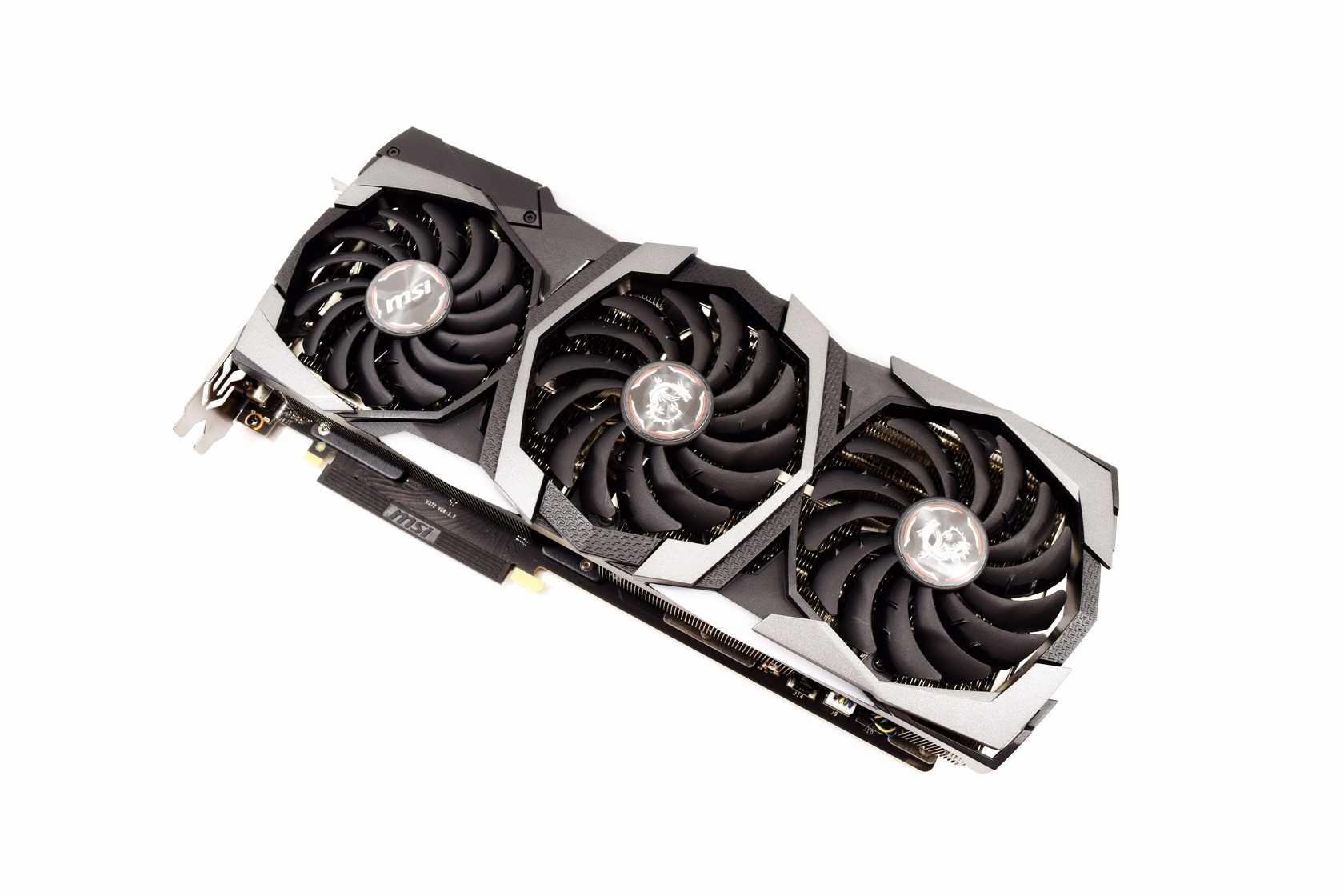3 Slot Video Card
Alternatively known as a display adapter, graphics card, video adapter, video board, or video controller, a video card is an expansion card that connects to a computer motherboard. It is used to create a picture on a display; without a video card, you would not be able to see this page. More plainly, it's a piece of hardware inside your computer that processes images and video, some of the tasks normally handled by the CPU. Video cards are used by gamers in place of integrated graphics due to their extra processing power and video ram.
What would probably be more ideal than a Slot 3 video card would be an AUX slot 80 column card with direct VGA or HDMI output. Or maybe you'd like something like the VidHD card? From the original PCIe 1.0a/1.1 up through the latest PCIe 4.0, and even looking forward to future PCIe 5.0 and 6.0 standards, in theory, any card that can fit in a slot will work.
A visual overview of a computer video card
Below are two visual examples of what a video card may look like inside of a computer. First is a picture of an older model AGP video card with multiple types of connections and components on it. Second is an example of a more modern PCI Express video card used with today's gaming computers.
 Note
NoteSome motherboards may also use an onboard video card, which means the video card is not a separate expansion card like those shown below.
Video card ports
The pictures above also help illustrate the types of video ports used with video cards. For more information about any of these ports, click the links below.

In the past, VGA or SVGA was the most popular connection used with computer monitors. Today, most flat-panel displays utilize DVI or HDMI connectors.
Video card expansion slots (connections)
A video card expansion slot is where the card connects to the motherboard. In the picture above, the video card is inserted into the AGP expansion slot on the computer motherboard. Over the development of computers, there were several types of expansion slots used for video cards. Today, the most common expansion slot for video cards is PCIe, which replaced AGP, which replaced PCI, which replaced ISA.
NoteSome OEM computers and motherboards may have a video card onboard or integrated into the motherboard.
Can I install more than one video card?
Yes. Both AMDRadeon (utilizing CrossFire) and NVIDIAGeForce (utilizing SLI) cards are capable of running two or more video cards together.
Video card history
While graphics circuitry has been used in arcade games since the mid-1970s, it wasn't until the early 1980s that the first graphics chips emerged for computers. Developed by NEC, the High-Performance Graphics Display Controller 7220, or NEC 7220, was one of the earliest processing chips for computer graphics, capable of 4 MHz to 5.5 MHz clock speeds. It was one of the most popular and advanced graphics chips throughout the 1980s.


In the early 1990s, multiple developers started integrating 2D acceleration into their graphics chips, with S3 Graphics being the first. Named the S3 86C911, it utilized the ISA slot on a motherboard and featured 1 MB of video memory.
Developed by NVIDIA and released on October 11, 1999, the GeForce 256 was touted as the first video card for consumer PCs with 2D and 3D hardware-accelerated graphics in a single unit. The first GeForce 256 chips featured 32 MB SDR video memory and had a 166 MHz clock speed. Later versions of the GeForce 256 changed to DDR video memory for improved performance. The GeForce 256 helped pave the way forward towards the video cards we know and use today.

Video Card Amazon
Related pages
Slots 4 Free
Adapter, Connection, CUDA, Dedicated graphics, GPU, Hardware terms, Output device, Processing device, Video accelerator, Video card terms